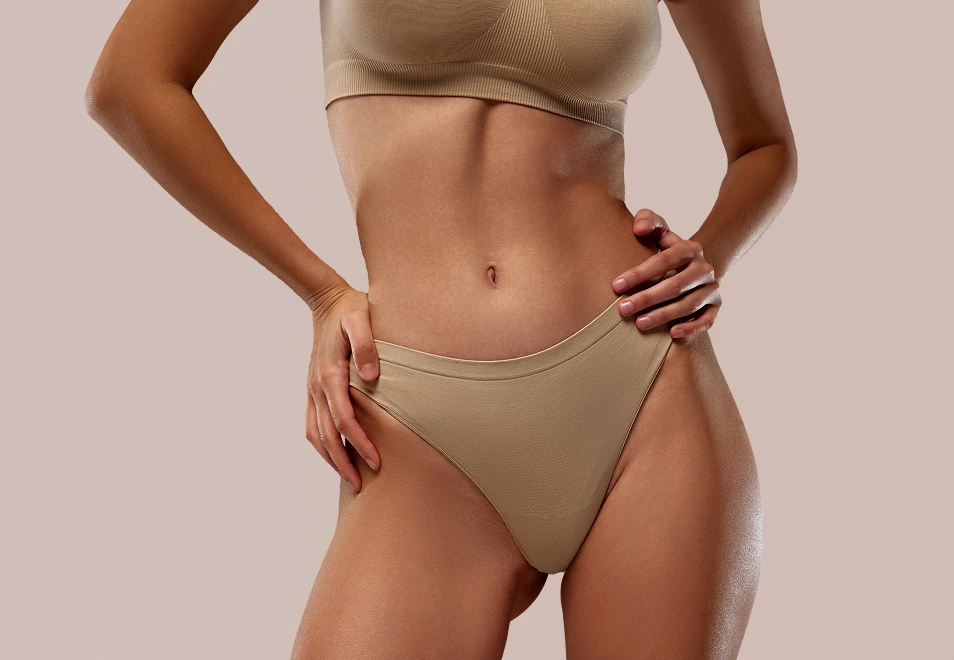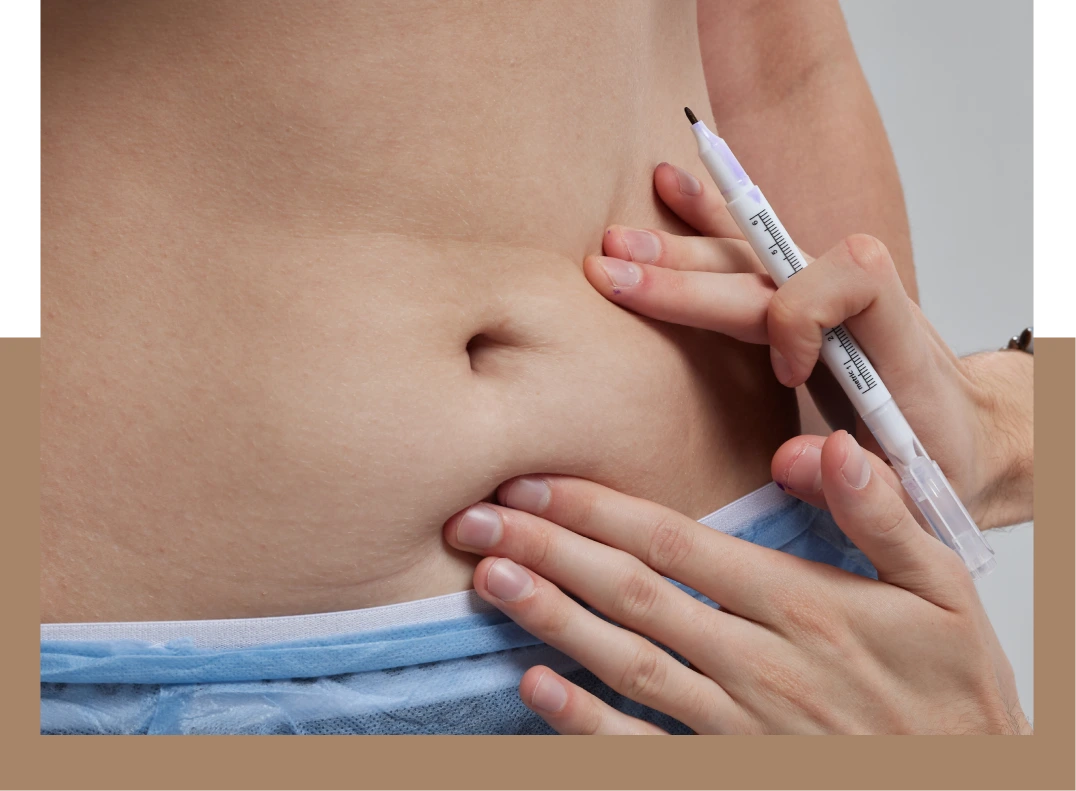Liposuction or CoolSculpting: Which is better for your goals?
Liposuction or CoolSculpting: Which is better for your goals?


In today’s world, body contouring treatments have become increasingly popular as individuals seek ways to eliminate stubborn fat that diet and exercise cannot address. Among the most sought-after fat reduction methods are liposuction and CoolSculpting. Both procedures aim to sculpt and redefine body areas but differ significantly in their approaches, effectiveness, and recovery times.
Liposuction is a surgical fat removal technique that has been used for decades to extract fat deposits from targeted areas. It provides immediate and dramatic results, making it a preferred choice for individuals seeking a significant transformation. On the other hand, CoolSculpting, a non-invasive procedure, utilizes controlled cooling technology to freeze and gradually eliminate fat cells. It offers a more gradual approach with little to no downtime.
Understanding the fundamental differences between these two procedures is crucial in determining which is better suited for your body goals. This article explores their mechanisms, effectiveness, risks, and suitability to help you make an informed decision.
What is Liposuction?
Liposuction is a surgical fat removal procedure that reshapes and contours specific areas of the body. A plastic surgeon makes small incisions and inserts a thin, hollow tube called a cannula. This tube is used to suction out fat from beneath the skin, effectively reducing fat pockets and sculpting the body. The procedure is performed under local or general anesthesia, depending on the area being treated and the extent of fat removal.
Common areas for liposuction include the abdomen, thighs, buttocks, arms, back, and even the neck. It is most effective for individuals who struggle with localized fat deposits that do not respond to diet and exercise. Liposuction is not a weight-loss procedure but a body contouring solution, making it ideal for those who are already at or near their ideal weight.
Different techniques are used in liposuction, including traditional liposuction, tumescent liposuction (which involves injecting a solution to reduce bleeding and discomfort), and laser-assisted liposuction, which helps break down fat for easier removal.
What is CoolSculpting?
CoolSculpting, also known as cryolipolysis, is a non-invasive fat reduction treatment that eliminates fat cells through controlled cooling. Unlike liposuction, it does not require surgery, incisions, or anesthesia, making it an attractive option for those who prefer a non-surgical approach.
During the procedure, an applicator is placed on the skin’s surface, targeting fat deposits beneath. The device cools fat cells to a temperature that triggers their natural destruction. Over the following weeks and months, the body metabolizes and removes these frozen fat cells, leading to a gradual reduction in fat volume.
CoolSculpting is commonly used to treat areas such as the abdomen, flanks, thighs, under the chin, and upper arms. Since the procedure is non-invasive, there is no need for recovery time, and patients can resume their daily activities immediately. However, results take longer to appear, typically becoming noticeable after a few weeks, with full results visible within two to three months.
Comparing Liposuction and CoolSculpting
When deciding between liposuction and CoolSculpting, several factors must be considered, including invasiveness, effectiveness, recovery time, and expected results.
Liposuction is a surgical procedure that requires incisions and anesthesia, whereas CoolSculpting is completely non-invasive. This difference makes liposuction the more intensive option but also the one that provides immediate and dramatic fat reduction. Liposuction can remove larger amounts of fat in a single procedure, making it the preferred choice for individuals looking for significant body contouring. In contrast, CoolSculpting is best suited for those with mild to moderate fat deposits who prefer a non-surgical option.
The recovery period is another crucial factor. Liposuction requires a few days to weeks of downtime, depending on the extent of the procedure, while CoolSculpting allows patients to return to their daily routines immediately. However, CoolSculpting results take time to develop, as the body gradually eliminates fat cells over several weeks.
How CoolSculpting Works: The Science of Fat Freezing
Liposuction is a cosmetic surgery that removes fat from specific body areas to enhance body contours. The procedure involves:
- Making small incisions in the targeted area.
- Inserting a thin tube called a cannula to suction out excess fat.
- Using different techniques such as tumescent liposuction, ultrasound-assisted liposuction (UAL), or laser-assisted liposuction (LAL) for enhanced precision.
Liposuction is commonly performed on the abdomen, thighs, buttocks, flanks, arms, back, and chin. Since it requires anesthesia and involves recovery time, it is ideal for individuals who want significant fat removal and are comfortable with a short downtime.
Comparing Liposuction and CoolSculpting: Key Differences
The Pros and Cons of Liposuction and CoolSculpting
The Pros and Cons of Liposuction and CoolSculpting
Significant fat removal in one procedure
Permanent results if weight is maintained
Works on larger fat deposits
Can be combined with other procedures like a tummy tuck or BBL
Permanent results if weight is maintained
Works on larger fat deposits
Can be combined with other procedures like a tummy tuck or BBL
Liposuction Cons:
Surgical procedure with recovery time
Potential bruising, swelling, and discomfort
Higher cost compared to non-invasive options
Potential bruising, swelling, and discomfort
Higher cost compared to non-invasive options
CoolSculpting Pros:
Non-invasive with no downtime
Gradual fat loss that looks natural
Lower risk of complications
Suitable for busy lifestyles
Gradual fat loss that looks natural
Lower risk of complications
Suitable for busy lifestyles
CoolSculpting Cons:
Results take longer to appear
Works best for small fat pockets
May require multiple sessions
Works best for small fat pockets
May require multiple sessions
Is Liposuction or CoolSculpting Safer? Understanding the Risks
Both procedures are generally safe when performed by a trained professional, but each has associated risks.
Liposuction Risks:
- Anesthesia-related complications
- Bruising, swelling, and scarring
- Irregular skin texture if fat removal is uneven
- Infection or fluid accumulation
CoolSculpting Risks:
- Temporary redness, numbness, and swelling
- Paradoxical adipose hyperplasia (PAH) – a rare condition where fat cells expand instead of shrinking
- Less predictable final results compared to liposuction
Safety and Risks
Both liposuction and CoolSculpting are considered safe when performed by qualified professionals. However, like any medical procedure, they come with potential risks and side effects.
Liposuction, being a surgical procedure, carries risks such as infection, anesthesia complications, blood clots, and contour irregularities. Swelling, bruising, and discomfort are common after surgery, with full recovery taking several weeks. Patients must follow post-operative care instructions to minimize complications and achieve the best results.
CoolSculpting, on the other hand, has minimal risks since it is non-invasive. The most common side effects include temporary redness, swelling, and numbness in the treated area. In rare cases, patients may experience paradoxical adipose hyperplasia (PAH), a condition where fat cells expand instead of shrinking. While PAH is not harmful, it requires additional treatment, often liposuction, to correct.
Choosing Between Liposuction and CoolSculpting
Cost Considerations
The cost of liposuction and CoolSculpting varies depending on several factors, including the treatment area, provider expertise, and geographic location. Liposuction is generally more expensive due to surgical fees, anesthesia costs, and facility charges. The price can range from $3,000 to $10,000 per area, depending on the complexity of the procedure.
CoolSculpting costs less per session, typically between $600 and $1,500 per treatment area. However, multiple sessions may be required to achieve desired results, which can add up over time. While CoolSculpting appears more affordable initially, individuals seeking significant fat reduction may find liposuction to be a more cost-effective option in the long run.
Ideal Candidates
Liposuction and CoolSculpting are designed for different types of patients. Liposuction is ideal for individuals seeking dramatic body contouring results, especially those with larger fat deposits. It is best suited for people with good skin elasticity and near their ideal weight but struggling with stubborn fat pockets.
CoolSculpting is a better option for individuals with mild to moderate fat deposits who want a non-invasive solution. It works well for those who are already fit but have localized fat that does not respond to diet and exercise. Unlike liposuction, CoolSculpting is not recommended for individuals with significant skin laxity or large fat volumes.
Before deciding on a procedure, a consultation with a qualified provider is essential to assess the patient’s goals and medical history.
Conclusion
Both liposuction and CoolSculpting provide effective fat reduction, but the right choice depends on personal goals, budget, and tolerance for downtime. Liposuction delivers immediate and significant results, making it ideal for those seeking major body contouring. CoolSculpting, on the other hand, offers a non-invasive alternative with gradual fat loss and minimal recovery. Consulting with an experienced medical provider is the best way to determine which procedure aligns with individual body goals and expectations.
